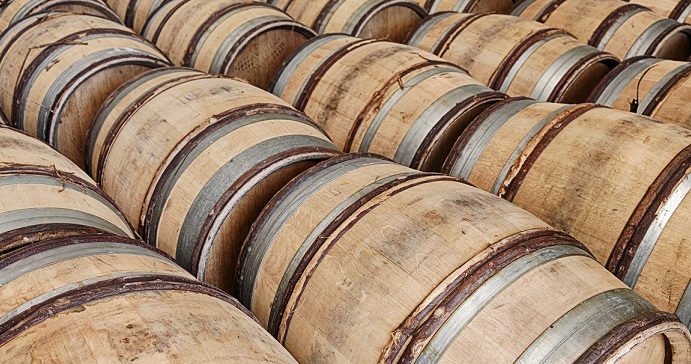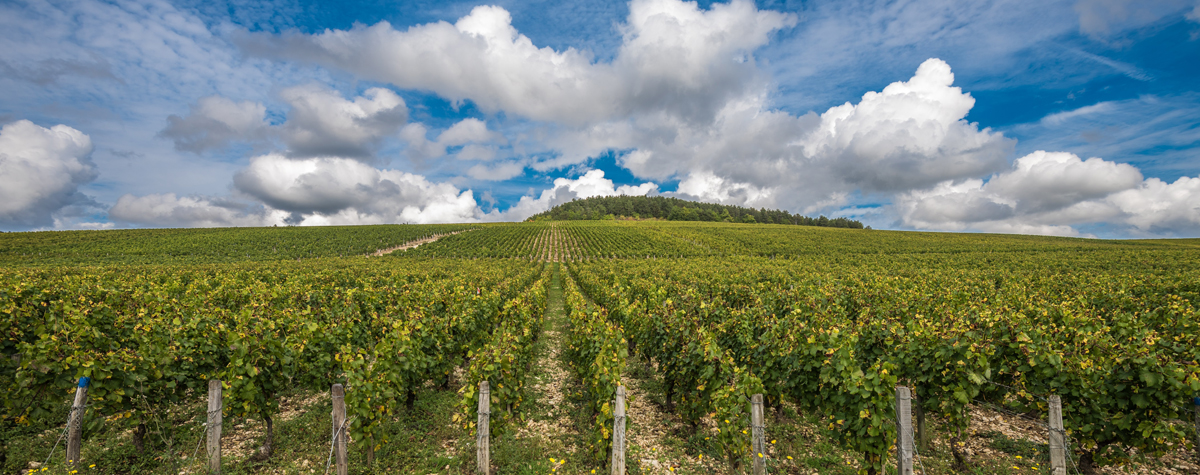This was a new concept to me, and it was really only a conversation among winemakers at the time. I knew reduction only as a winemaking fault – something to be avoided – but as I interviewed several winemakers, it became clear that there was a good side to reduction, and Chardonnay in particular could be made really interesting by adding in a little bit of matchstick/matchstruck flint character, which was a form of reduction. I wrote my article, and ever since I've been fascinated by the phenomenon.
These days, this character in Chardonnay is a hot topic, but a lot of people don't understand the concept. Hence this article.
'It is rare, but entirely possible to have a wine that is oxidized and reduced at the same time'Reduction is well known as a fault in wine. Mistakenly, it is sometimes thought of as the opposite of oxidation. If you let a wine see too much oxygen, then it becomes oxidative, and finally oxidised. If it sees too little, reduction can occur, but it's not the absence of oxygen that is causing it directly. The term 'reduction' actually refers to the presence of undesirable volatile sulfur compounds in wine, and these are produced by yeasts during fermentation. It is rare, but entirely possible to have a wine that is oxidized and reduced at the same time. These sulfur-containing compounds are typically quite smelly, and the most famous is hydrogen sulphide, which smells of rotten eggs or bad drains. When yeasts are stressed, or there's not enough nitrogen, they switch on chemical pathways that sees them release hydrogen sulphide. Typically, early in fermentation a wine might become a bit eggy, but often this will blow off and the reduction will disappear. Sometimes, though, the hydrogen sulphide will be converted into disulfides, thioesters or mercaptans (often referred to as thiols), and these more complex sulfur compounds can hang around longer. Sometimes, after the yeasts have finished fermentation, they can break down and release volatile sulfur compounds later in the ageing of the wine, and this can be a problem: a previously clean barrel can suddenly become stinky.
I also need to clear another confusion up; sulfides are different to sulfites. Sulfites – sulfur dioxide – are oxidized sulfur compounds, and sulfides are reduced sulfur compounds. Reduction is very different to excess sulfur dioxide or sulfites.
'Not all reduction is bad'This is where things get interesting: not all reduction is bad. One compound, benzenemethanethiol, can give wines a struck match or gunflint character that in the right context can be quite desirable. And winemakers have been playing with their fermentation protocols to try to encourage this good reduction. One of Burgundy's most famous producers, Coche Dury, makes Chardonnay that frequently displays this struck match aroma, and people pay a lot of money for it. Roulot is another producer whose wines are highly prized and which display it, too. It's a hallmark of many classic white Burgundies, but in the past its presence was just an accident. Interestingly, while there are some well-known examples of good reduction in Chenin Blanc (Richard Leroy's wines are highly sought after, for example, and have lots of matchstick), it tends to be Chardonnay where this aroma signature works best.

Now there are many winemakers actively looking for this character in Chardonnay, to the point that is becoming a bit controversial. There has been a backlash against wines deliberately made with this matchstick note, when it isn't properly integrated into the wine. It's a bit like oak: while some is good, too much is a problem, although people differ in their preference and tolerance for both.
How does it occur? There are various theories, but the most common way of encouraging good reduction is to ferment with lots of solids. Normally, after pressing, winemakers allow the must to settle overnight, sometimes with the help of enzymes. Then the juice is decanted off to barrel or tank for fermentation once it has reached the desired level of clarity (measured in NTUs, which stands for nephelometric turbidity units). If the juice goes to barrel or tank without much settling, the ferments can often get a bit stinky, and the final wine may well show reductive notes. Some winemakers take juice straight from the press and fill barrels sequentially, with the result that some are stinky and some are clean. Others stir before going to barrel, evening out the stinkiness. The hope is that the reduction resolves into the required gunflint/matchstick kind, and not other less desirable forms. An alternative is to ferment in barrel and then, after perhaps a year, finish the wine off with six months in stainless steel, a technique known informally as the 'Roulot method', which can encourage desirable reduction. And sometimes, this reductive character is because of terroir: the vineyard is very low in nitrogen, so the yeasts struggle and metabolic pathways are initiated that result in the release of volatile sulfur compounds.
'In the right context, a little reduction can be really effective in framing the flavour of a Chardonnay'The key thing is balance. In the right context, a little reduction can be really effective in framing the flavour of a Chardonnay, but in the wrong one, the reduction can be overpowering. Ultimately, how much is too much is all down to personal preference. I really like it, but I can understand others who complain that it’s a winemaking artefact.
Dr Jamie Goode completed a PhD in plant biology and worked as a science editor before switching to wine. He writes widely for a range of magazines, has written four books, including Wine Science, and lectures and judges wine around the world. He is co-chair of the International Wine Challenge.













.png)






